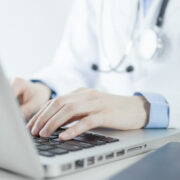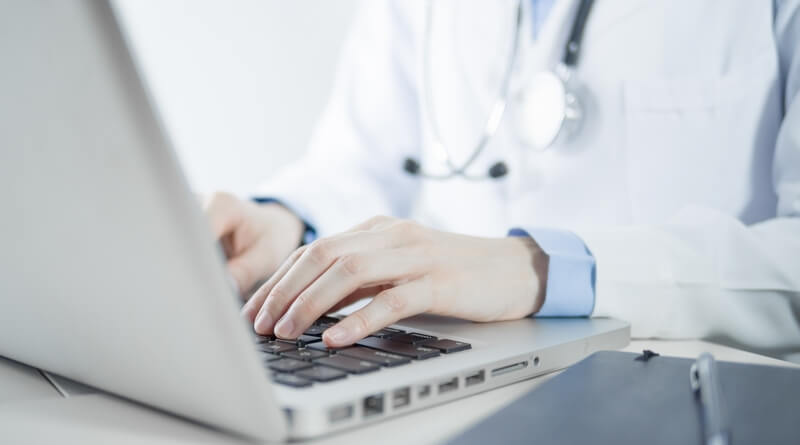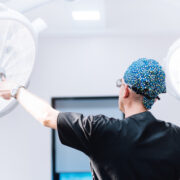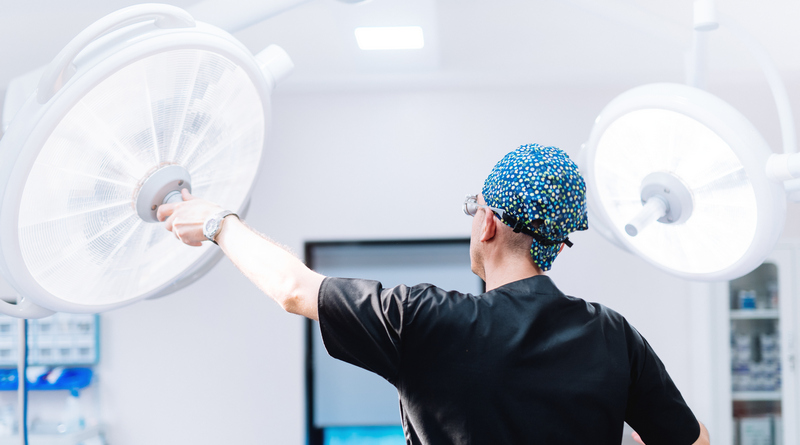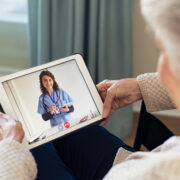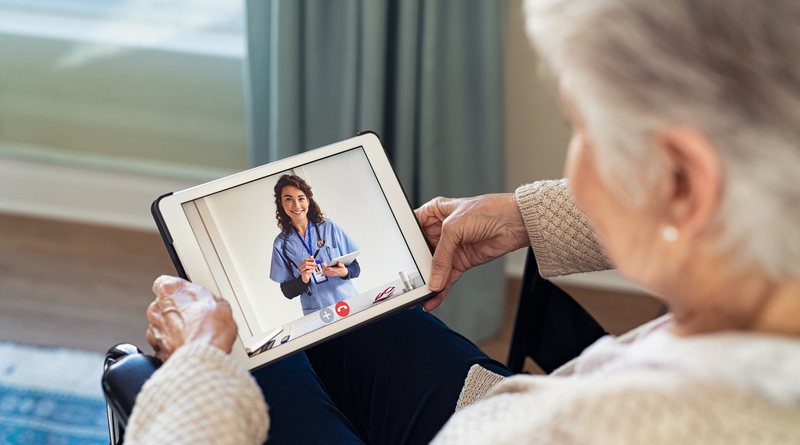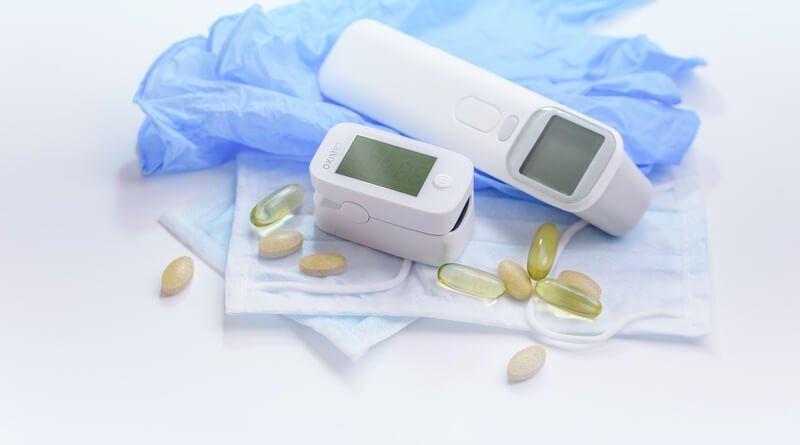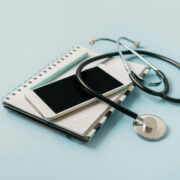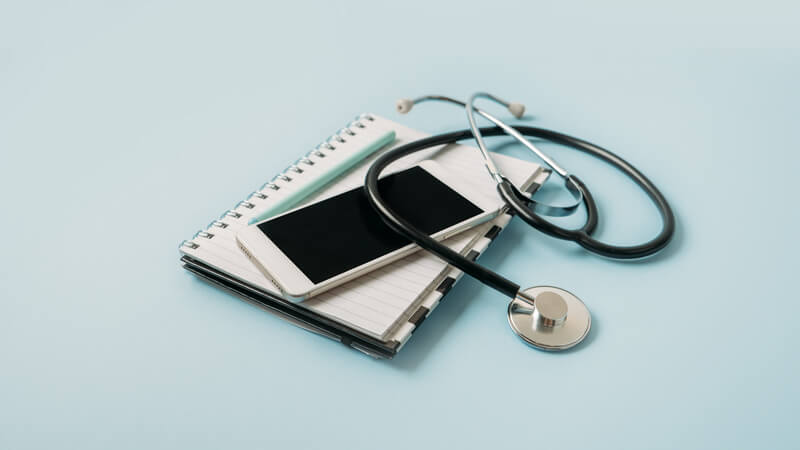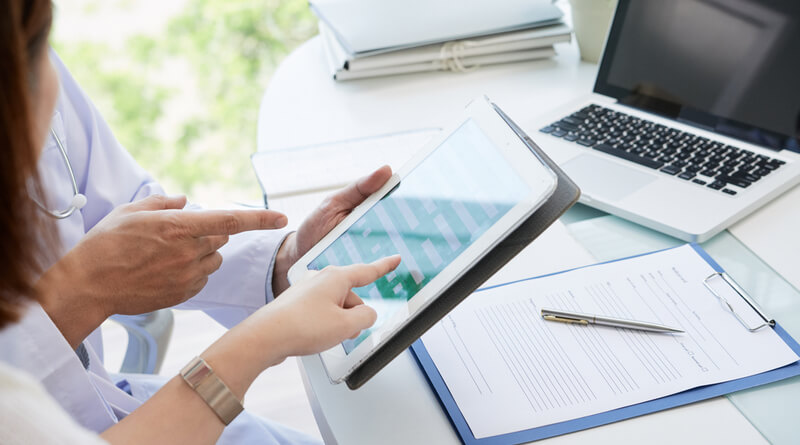How Mobile Health Tech Fuels Data-Driven Health Companies

Mobile healthcare technology provides enormous quantities of data. This information is being used all across the country to not only improve patient outcomes at the individual level but also to identify and interpret trends that are taking place at the societal level.
It’s more than just a trend. It’s a new way of providing patient care.

In this article, we take a look at how mobile health tech fuels data-driven health companies, and improves the outcomes for the communities that they serve.
What is Mobile Health Tech?
Mobile health tech includes data-taking technologies like cell phones and wearable health devices. These items range from the very common (like Fitbits and other step trackers) to the more specialized.
For example, modern pacemakers fall into the category of IoT-driven wearable health technology because they allow patients and their physicians to monitor the wearer’s heartbeat and get up to the second updates on their status.
Other wearables include glucose monitors or devices that check blood pressure. These devices have proliferated over the last decade thanks both to the increased demand for the technology—IoT-powered devices grow by the billions each year—and their relative accessibility.
The devices are affordable, particularly when insurance companies help, and they can serve as a high-quality supplement for preventative care.
Naturally, they are also great for taking data.
Identifying Trends
The study of data is really nothing more than the recognition and analysis of patterns. No matter the field, data technicians are always trying to find repetitions and interpret what they mean. In healthcare this is particularly important, allowing physicians the opportunity to better understand the needs of the community that they are serving.
For example, data is what allowed scientists to quickly understand that Covid-19 posed a most significant threat to older people or those with preexisting conditions.
In the case of wearable health technology, it can detect patterns of heart disease or other issues that often occur in large numbers across a community.
This allows physicians to identify factors that might be causing the large occurrences of disease, and help control them.
For health companies, this may mean bringing a new product to market or tweaking the features of an existing product to serve its user’s needs better.
For the individuals within the community, it may alert them to problems they didn’t even know existed.
More Personalized Care
Without personalized data, the healthcare system relies primarily on generalities. For example, when a 28-year-old white male weighing 150 lbs walks into a doctor’s office, he may be informed that he is in good health and that he should keep up with his healthy diet and exercise.
If that same person has been using wearable health technology, however, the recommendations could change. The doctor could notice that the patient has heart palpitations, or that they, in fact, don’t exercise very much.
Not only can this help catch problems early, but it also empowers doctors to provide significantly more impactful preventative care.
Sharing Information
Data-driven healthcare environments also make it much easier to share information between doctors and even hospitals. Whereas once hard copies had to be passed from location to location, data can be shared through a link, giving whoever needs it a detailed report in seconds rather than hours or days.
Not only does this help the entire healthcare system move more fluidly but it also improves patient outcomes by helping people get the care they need quickly.
Maintaining a Data-Driven Culture
Just because the technology is available does not necessarily mean that every healthcare system in the country is using it to its full effect. Data integration, like any technological adoption, requires a lot of hard work, often from people who are already working hard enough as it is.
For data integration to happen in the healthcare system it needs to start from the top down. This means that hospital administrators and higher-ups need to prioritize it for themselves, and for the doctors and nurses that use the technology regularly.
It’s worth noting that periods of technological adjustment often lead to high rates of turnover. Employees feel frustrated that they are being given additional responsibilities without additional compensation, and they look for employment elsewhere.
High turnover rates can be avoided by:
- Give your staff ample time. Technological adaptions can take months to begin to work. Be patient, and provide your staff with as much time as they need to understand their new responsibilities.
- Provide them with the resources they need. This could include specialized training or even updates to your tech stack that accommodate the feedback you are receiving from your staff. It can expensive to accommodate employee requests but it is usually cheaper than turnover.
- Be receptive to feedback. The “my way or the highway” routine is a lonely route to take. Listen to what your employees are saying and try your best to respond to their feedback.


